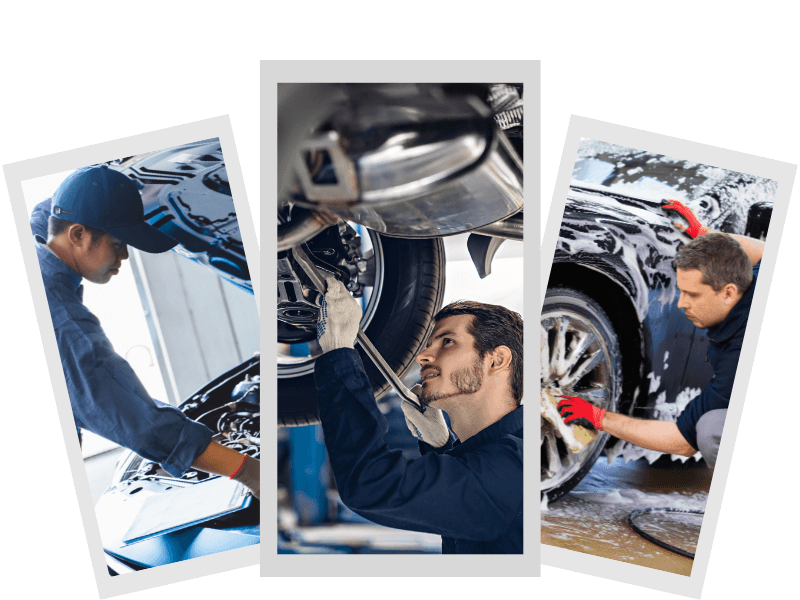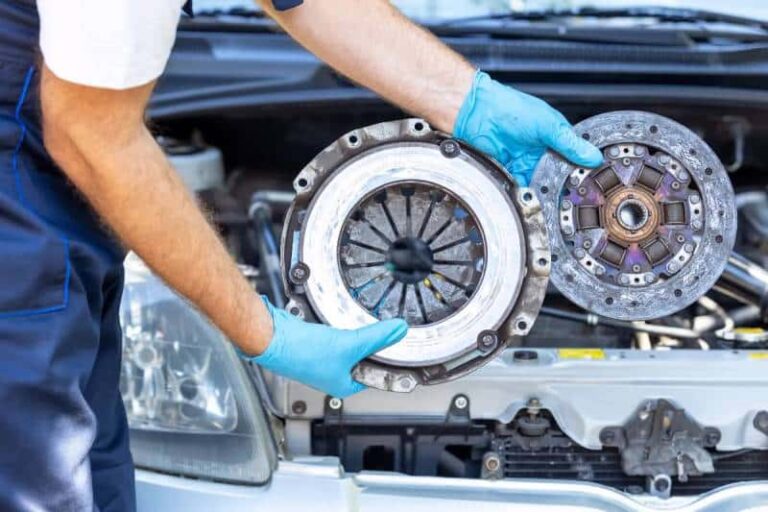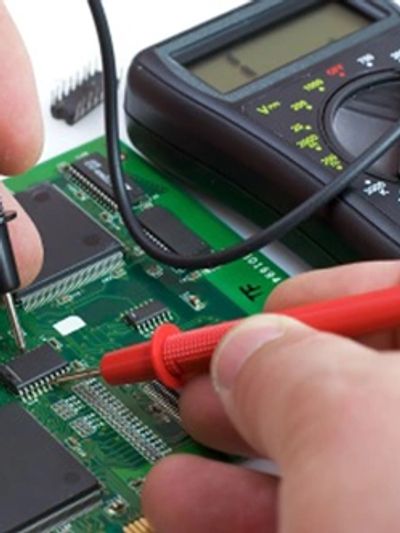Car Electronic Control Module Repair
- Quick and efficient service
- Best price guarantee


Car Electronic Control Module Repair
Car Electronic Control Module, or ECM, is the brain of your vehicle. It controls various functions and ensures everything runs smoothly. When the ECM fails, it can cause many problems. In this guide, we will explore everything about car ECM repair. We will cover symptoms, causes, and repair steps.
What is an Electronic Control Module (ECM)?
The ECM is a computer inside your car. It manages the engine and other systems. It takes data from sensors and makes decisions. These decisions optimize performance and efficiency.
Functions Of The Ecm:
- Controls fuel injection
- Manages ignition timing
- Regulates air-fuel mixture
- Monitors emissions
- Communicates with other control modules
Signs of a Faulty ECM
Knowing the signs of a bad ECM is crucial. This can help you take action early. Here are some common symptoms:
Check Engine Light
The check engine light is the most common sign. When the ECM detects an issue, it turns on the check engine light. Always take this warning seriously.
Poor Engine Performance
A faulty ECM can cause poor engine performance. You might notice a loss of power or hesitation during acceleration.
Car Won’t Start
If the ECM fails completely, the car might not start. This is because the ECM controls the ignition system. Without it, the engine cannot start.
Fuel Economy Problems
A bad ECM can also affect fuel economy. You might notice a decrease in miles per gallon (MPG).
Strange Engine Behavior
Engine misfires, stalling, or rough idling can be signs of ECM issues. These problems can make your car unsafe to drive.

Causes of ECM Failure
Several factors can cause ECM failure. Understanding these can help you prevent issues. Here are some common causes:
Water Damage
Water can enter the ECM and cause damage. This can happen due to flooding or leaks.
Corrosion
Corrosion can affect the ECM’s internal circuits. This can lead to failure over time.
Electrical Problems
Short circuits, power surges, and faulty wiring can harm the ECM. Always address electrical issues promptly.
Vibration And Heat
Excessive vibration and heat can damage the ECM. Ensure proper mounting and cooling to avoid this.
Age And Wear
Like any electronic device, ECMs can fail due to age and wear. Regular maintenance can help prolong its life.

Steps to Repair a Faulty ECM
Repairing an ECM can be complex. However, with the right tools and knowledge, you can do it yourself. Here are the steps:
Step 1: Diagnose The Problem
First, you need to diagnose the problem. Use an OBD-II scanner to read error codes. This will help you pinpoint the issue.
Step 2: Disconnect The Battery
Always disconnect the battery before working on the ECM. This prevents electrical shocks and further damage.
Step 3: Remove The Ecm
Locate the ECM in your car. It is usually under the hood or dashboard. Carefully remove it from its mounting.
Step 4: Inspect For Damage
Inspect the ECM for visible damage. Look for signs of water, corrosion, or burnt components.
Step 5: Clean And Repair
If you find minor issues, you can clean and repair the ECM. Use electronic cleaner to remove dirt and corrosion. Replace any damaged components.
Step 6: Reprogram Or Replace
If the damage is severe, you may need to reprogram or replace the ECM. Reprogramming requires specialized equipment. Replacing the ECM can be costly but may be necessary.
Step 7: Reinstall The Ecm
Once repaired, reinstall the ECM. Ensure it is properly mounted and connected.
Step 8: Test The Car
Reconnect the battery and start the car. Use the OBD-II scanner to check for error codes. Ensure the car runs smoothly.
Preventing ECM Problems
Prevention is better than cure. Here are some tips to prevent ECM problems:
Regular Maintenance
Regular maintenance can help prevent ECM issues. Check for leaks, corrosion, and electrical problems.
Keep The Car Dry
Keep your car dry to prevent water damage. Avoid driving through deep water.
Proper Mounting
Ensure the ECM is properly mounted. This reduces vibration and heat exposure.
Address Electrical Issues Promptly
Address any electrical issues promptly. This prevents damage to the ECM and other components.
Conclusion
The ECM is a crucial part of your car. Understanding its functions, symptoms, and repair steps can save you time and money. Regular maintenance and prompt repairs can keep your ECM in good condition. If you are unsure, seek professional help. A well-maintained ECM ensures your car runs smoothly and efficiently.
FAQs
| Question | Answer |
|---|---|
| What is an ECM? | The ECM is the brain of your car. It controls engine functions. |
| What are signs of a bad ECM? | Common signs include the check engine light, poor performance, and starting issues. |
| Can I repair the ECM myself? | Yes, but it requires knowledge and tools. Seek help if unsure. |
| How can I prevent ECM problems? | Regular maintenance, keeping the car dry, and addressing issues promptly. |
Our Other Services
- Brand : Brand : Honda
- Love
- Test
- Kasara
Related Services
- Basic Service
- Full Service
- Major Service
- Basic Service
- Full Service
- Major Service



